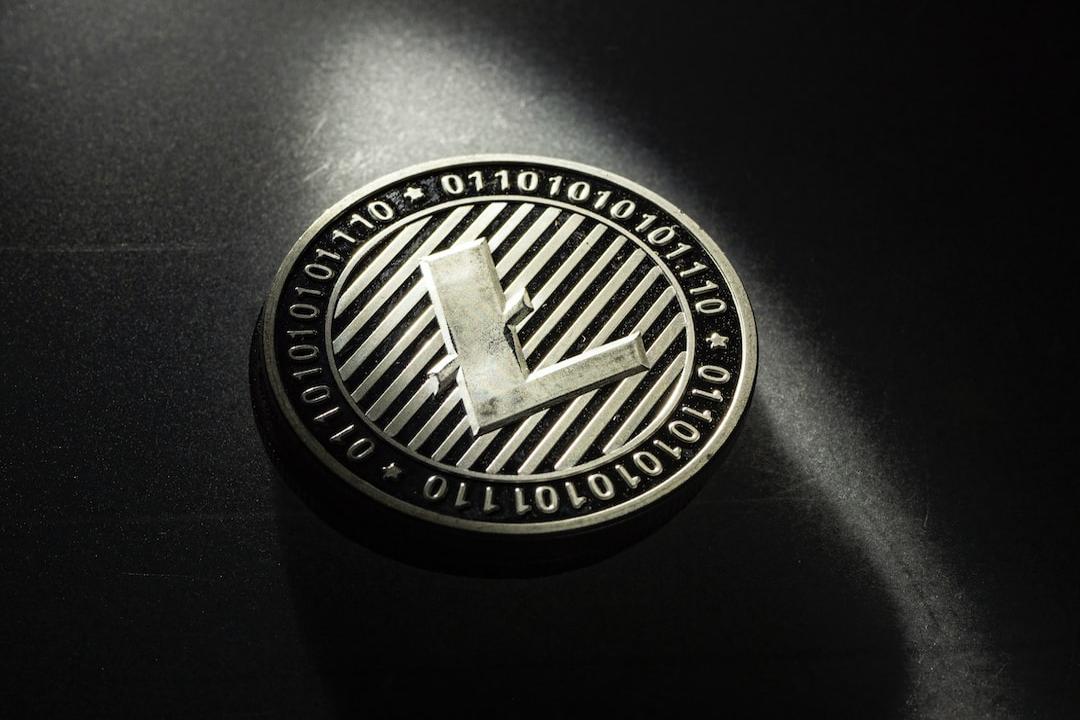**What is Staking? Understanding the Basic Principles of Exchange Staking**
As cryptocurrencies gradually integrate into the mainstream financial world, many people begin to wonder: can cryptocurrencies also earn interest income like bank deposits in an account?
The answer is yes!
In fact, in the world of blockchain, by using “staking,” users can lock their cryptocurrencies into the blockchain network to support its operation and earn a certain return.
In blockchain technology, the concept of staking is usually associated with the Proof of Stake (PoS) mechanism. Users lock their assets in the network to support transaction verification, block production, and the maintenance of network security on the blockchain.
After the Ethereum 2.0 upgrade, which improves the scalability, efficiency, and sustainability of the blockchain network, the consensus mechanism has transitioned from the mining-based Proof of Work (PoW) to PoS, significantly reducing the energy consumption required to operate the blockchain.
This type of “interest” model is not only more suitable for conservative investors but also enhances the application value of cryptocurrencies.
**How are the Returns from Exchange Staking? Can They Provide Stable Returns?**
Compared to directly setting up a node for staking, staking through an exchange is much simpler. Users only need to deposit their assets into the exchange to participate in staking and share in the returns.
The staking yield provided by exchanges is usually expressed as an annual percentage yield (APY), with specific figures varying based on the selected cryptocurrency and the economic model of its underlying blockchain network.
For example, Ethereum may offer an annual yield of 3% to 5%, while some emerging cryptocurrencies may provide even higher returns, reaching double-digit annual yields.
Additionally, exchange staking has the advantages of liquidity and convenience. For instance, some exchanges offer “flexible staking” products that allow users to withdraw funds at any time, while “locked staking” requires assets to be locked for a certain period, usually offering higher returns.
**What Are the Risks of Exchange Staking? How to Avoid Pitfalls?**
Although exchange staking provides a convenient and relatively stable way to earn returns, it may still carry some risks.
First, there is the risk associated with the exchange itself. If the exchange suffers a hacking attack or misappropriation of funds, users’ staked assets may still face losses. Therefore, it is particularly important to choose a reputable exchange with a robust security mechanism.
Moreover, users’ staked assets typically require a lock-up period during which funds cannot be withdrawn. If the cryptocurrency price fluctuates significantly during the lock-up period, users may not be able to withdraw their funds in time for trading, potentially leading to a loss of value.
**How to Stake Using an Exchange?**
After purchasing cryptocurrencies, they will enter the account on the exchange. If you do not plan to conduct other transactions in the short term, you can check the exchange app to see if it offers staking features, allowing you to earn some small returns.
Currently, mainstream cryptocurrency exchanges in Taiwan include BitoPro, MaiCoin, MAX (same group but different platforms), XREX, and HOYA BIT, most of which offer similar services.
The following is an operational tutorial using MAX, XREX, and HOYA BIT as examples.
**MAX Locking**

The “On-chain Locking Service” provided by MAX Exchange is a product that earns returns based on the PoS mechanism. The exchange will charge 15% of the earnings, but if you choose to receive rewards in the platform token MAX Token, you can waive the handling fee.
Additionally, both locking and unlocking will require a few working days, so if you urgently need to use the funds, remember to request the unlocking service in advance.
**XREX Club**

XREX Exchange offers staking services for the stablecoin USDT, but interestingly, you must first join the so-called “Community Club” before using it. The more transactions and staking the club participates in, the higher the rewards (annual interest rate) users can receive, while also saving on handling fees.
If you don’t have many friends, you can directly join an existing club in the XREX Telegram group.
**HOYA BIT Daily Income Coin**

Currently, HOYA BIT offers the “Daily Income Coin” feature, providing two options for the stablecoin USDT: “60-day annualized 10%” or “120-day annualized 12%.”
However, it is important to note that a handling fee of 20% on accumulated earnings will be charged, meaning the actual expected yield for 60 days is approximately 8%, while for 120 days, it should be around 9.6%.

